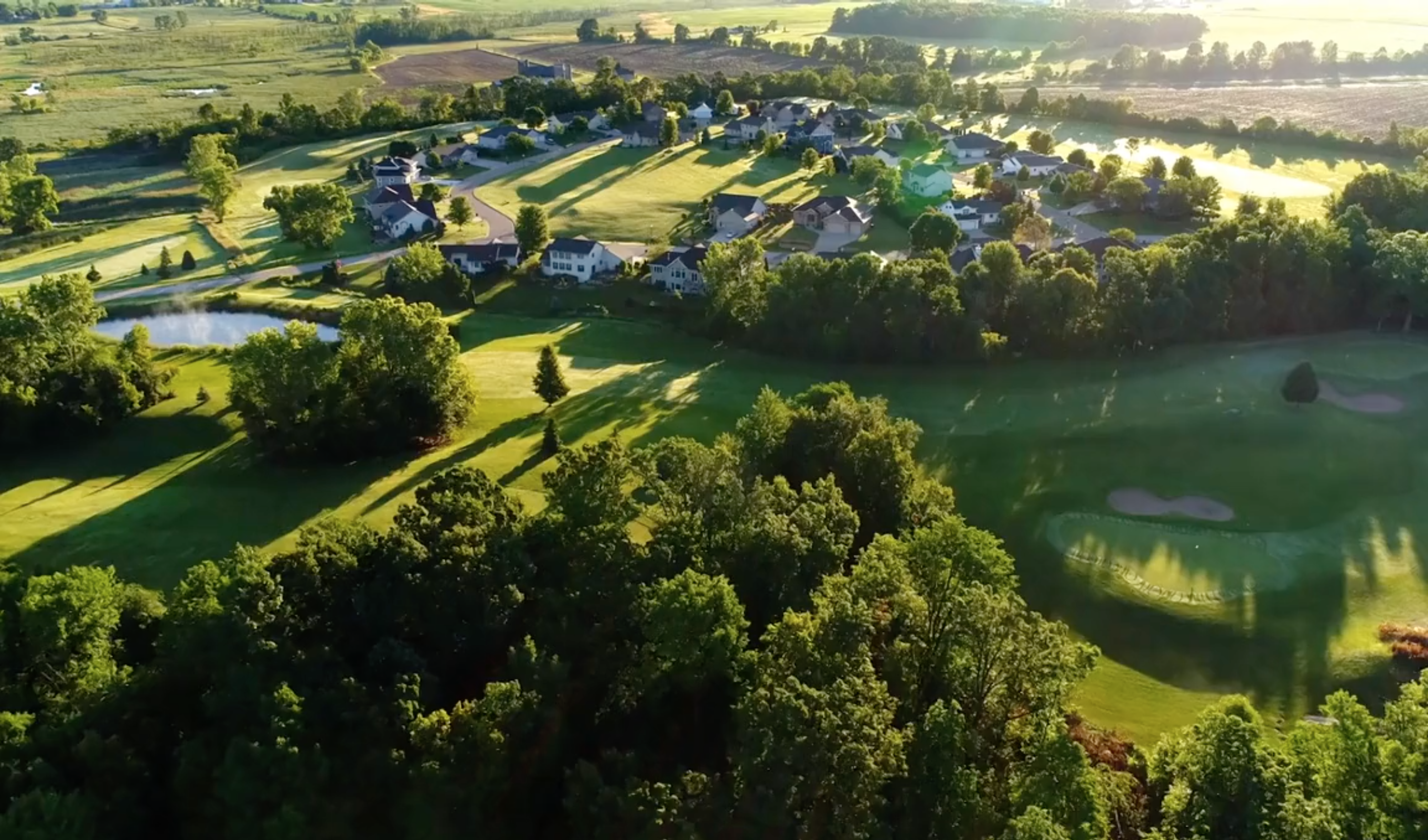Why green roofs are key to biodiversity success
In this episode of The Building Sustainably Podcast, Mike Barker, Operational Director of Ecology at RPS joins our host James Bowman to explore the role of green roofs in achieving Biodiversity Net Gain (BNG) targets in urban areas.
Episode overview
In this episode of The Building Sustainably Podcast, Mike Barker, Operational Director of Ecology at RPS joins James Bowman to explore the role of green roofs in achieving Biodiversity Net Gain (BNG) targets in urban areas. They discuss how the 10% biodiversity uplift rule is shaping development across England, what is involved in planning and maintaining effective green roof developments, why every developer should start early on when integrating biodiversity and ecological considerations into their design, and the future of Biodiversity Net Gain.
Mike offers expert ecological advice based on vast experience in environmental and sustainability projects. He has a strong background in line management, business development, and financial management. Additionally, Mike has held Director-level roles with the Chartered Institute of Ecology and Environmental Management, serving on the Board for over a decade and acting as Company Secretary from 2007 to 2012.

Listen now
When you're starting to get accumulations or groups of clusters of green roofs, you start to see that the habitat at that high level interacts with each other and you get synergy. So the more green roof space that you have in an urban area, the more valuable it becomes.
Mike Barker
Operational Director - Ecology
Key highlights
05:04 - 8:28 - How green roofs are revolutionising urban spaces and enhancing city life - Green roofs offer a fantastic solution for enhancing biodiversity in dense urban areas like London and addressing the challenge of limited ground space while providing essential benefits. Not only do green roofs support local wildlife, but they also manage stormwater, reduce flood risk, and help cool the city through natural processes. Plus, clusters of green roofs create a network of interconnected habitats.
12:35 - 15:35 - Smart design and maintenance for green roofs - When planning for green roof maintenance, it's essential to balance complexity and upkeep. A straightforward specification often means less maintenance. Opt for designs that avoid large, self-seeding plants and minimise the need for intensive care. Consider the load of the roof, focusing on both substrate depth and water retention to prevent water stress, which can impact plant survival.
19:16 - 22:04 - Early integration and community engagement - For a successful project from start to finish, start early by integrating biodiversity and ecological considerations into your design. Engage with ecologists, landscape architects, and hydrologists from the beginning to ensure a cohesive, functional, and visually appealing plan. Keep the biodiversity net gain metrics in mind throughout the design process to meet your goals effectively. Additionally, involve local authorities, neighbours, and potential residents early on to address concerns and ensure the design respects and enhances the local context.
29:10 - 32:22 - The future of BNG - While the future of Biodiversity Net Gain (BNG) is likely to evolve, for now, the 10% target remains the standard, with some local authorities like Greater Cambridgeshire aiming for 20% as an aspiration. Although it might become challenging to consistently hit these targets due to space and practical limits, we are still in the early stages of integrating BNG into development projects.
Transcript
Get involved
Key contacts

James Bowman
Director - Project Management






